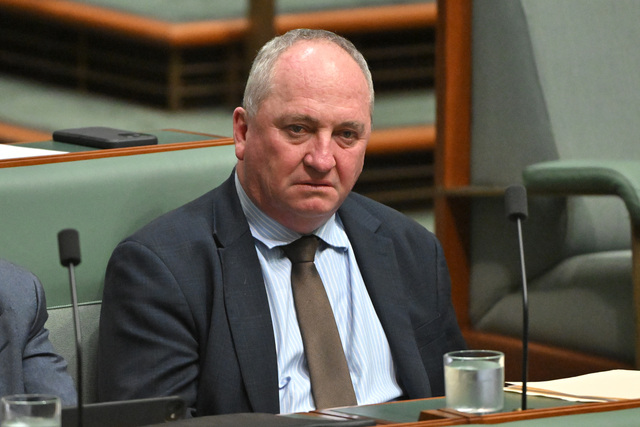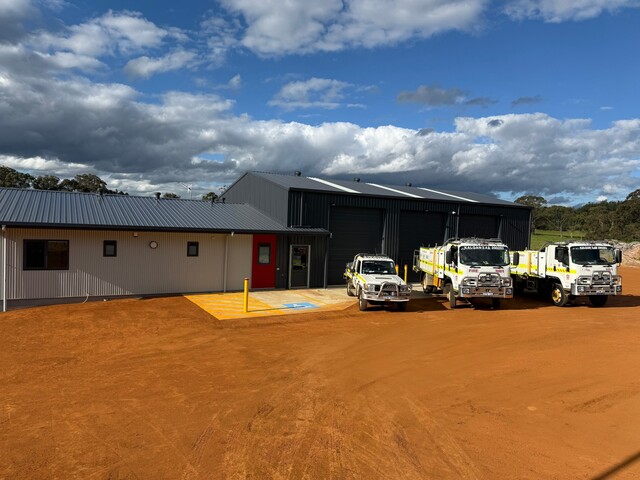The Australian Government has released its response to the House of Representatives Standing Committee on Regional Australia report ‘Cancer of the bush or salvation for our cities? Fly-in, fly-out and drive-in, drive-out workforce practices in Regional Australia’.
Deputy Prime Minister and Minister for Infrastructure and Regional Development Warren Truss said that the Government recognises that fly-in, fly-out (FIFO) work practices are one way the labour market is responding to the demand for skilled workers around Australia in a range of sectors.
“FIFO is most often used to address a lack of skilled employees in remote parts of Australia.
“It is a legitimate practice to ensure access to a reliable workforce for regional employers, however, FIFO comes with an impact on local communities and the Australian Government has taken this into consideration in its response.
“Many of the recommendations more directly relate to areas of State Government responsibility but the Australian Government has agreed to four of the 21 recommendations, while noting 14 others.
“Responses to many of the recommendations are already underway.
“As announced in the 2015-16 Federal Budget the Australian Government will better target the Zone Tax Offset to ensure it will support those taxpayers who are actually living in and incurring the cost of residing in a remote area.
“We have remodelled the role of the Australian Small Business Commissioner to better service the needs of small business operators, and we already have a range of mental health initiatives in place that workers may utilise.”
Mr Truss said the report makes a number of wide ranging recommendations, touching various policy issues across federal, state and territory and local Government responsibilities.
“The Australian Government has carefully considered the recommendations made by the Committee and is addressing each recommendation individually.
“The recommendations have a broad range of regional implications and a number of areas for action across all tiers of government.
“The Government’s commitment to the regions is demonstrated through a broad suite of investments aimed at assisting regions to meet the challenges they face and to create and capitalise on new opportunities for growth.
“This includes the $2.1 billion Roads to Recovery Programme, the $1 billion National Stronger Regions Fund, the $500 million Black Spot Programme, as well as other initiatives such as the $300 million Community Development Grants Programme.
“These investments will ensure small regional communities are supported by the infrastructure and services they need.”








